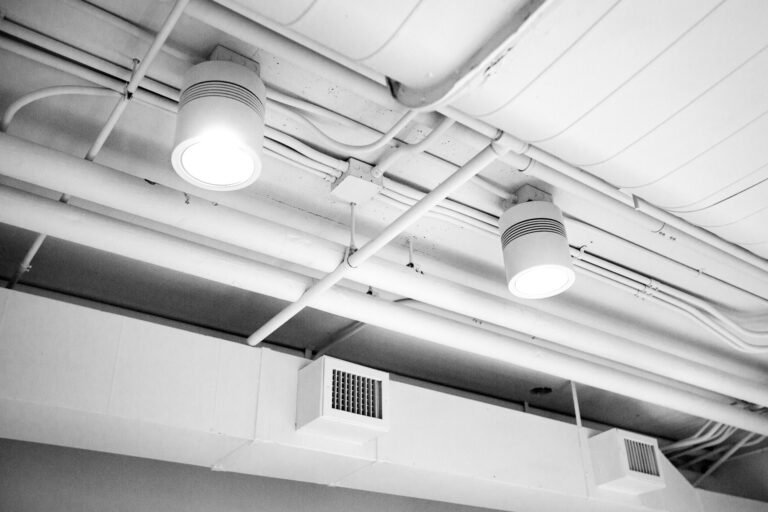Centralized Air Conditioning Systems: Enhancing Comfort and Efficiency
Centralized air conditioning systems have revolutionized indoor comfort in buildings, offering efficient cooling solutions for residential, commercial, and industrial spaces. These systems utilize centralized equipment to cool and distribute air throughout the building, providing uniform temperature control and improved energy efficiency. In this article, we explore the fundamentals of centralized air conditioning systems, their components, operation, benefits, and considerations for installation and maintenance.
Understanding Centralized Air Conditioning Systems
Centralized air conditioning systems, also known as central air conditioning (CAC) systems, consist of a network of ducts, vents, and cooling equipment that work together to provide cooling to an entire building. Unlike individual room air conditioners, centralized systems offer centralized control and distribution of cooled air, ensuring consistent comfort levels throughout the building.

Components of Centralized Air Conditioning Systems
Centralized air conditioning systems comprise several key components, each playing a vital role in the cooling process.
Air Handling Unit (AHU)
The air handling unit is installed indoors and contains the evaporator coil, blower fan, and air filter. It circulates cooled air throughout the building via ductwork.
Central Cooling Unit
The central cooling unit, typically located outdoors, houses the compressor, condenser, and other components responsible for cooling the refrigerant.
Ductwork
Ductwork consists of a network of channels that transport cooled air from the central unit to various rooms and spaces within the building.
Types of Centralized Air Conditioning Systems
Centralized air conditioning systems come in various types to suit different building sizes, layouts, and cooling requirements.
Split Systems
Split systems consist of separate indoor and outdoor units connected by refrigerant lines. They are suitable for smaller buildings or individual rooms and offer flexibility in installation.
Packaged Systems
Packaged systems contain all components, including the compressor, condenser, and evaporator, in a single outdoor unit. They are ideal for larger buildings with limited indoor space.
Operation and Benefits
Centralized air conditioning systems offer numerous benefits, including enhanced comfort, energy efficiency, and convenience.
Uniform Cooling
Centralized systems provide uniform cooling throughout the building, eliminating hot spots and ensuring consistent comfort levels for occupants.
Energy Efficiency
By centralizing cooling operations, these systems can achieve higher energy efficiency compared to individual room air conditioners, resulting in lower energy bills and reduced environmental impact.
Installation and Maintenance Considerations
Proper installation and maintenance are essential for maximizing the performance and longevity of centralized air conditioning systems.
Professional Installation
Centralized air conditioning systems should be installed by qualified HVAC technicians to ensure proper sizing, placement, and configuration.
Regular Maintenance
Routine maintenance, including filter replacement, coil cleaning, and system inspections, is essential to keep the system running efficiently and prevent breakdowns.
Conclusion
Centralized air conditioning systems offer efficient and effective cooling solutions for buildings of all sizes, providing comfort, energy efficiency, and convenience. Understanding the components, types, operation, and maintenance requirements of these systems is crucial for building owners and occupants alike. By investing in centralized air conditioning systems and prioritizing their installation and upkeep, building stakeholders can enjoy enhanced indoor comfort and energy savings for years to come.
